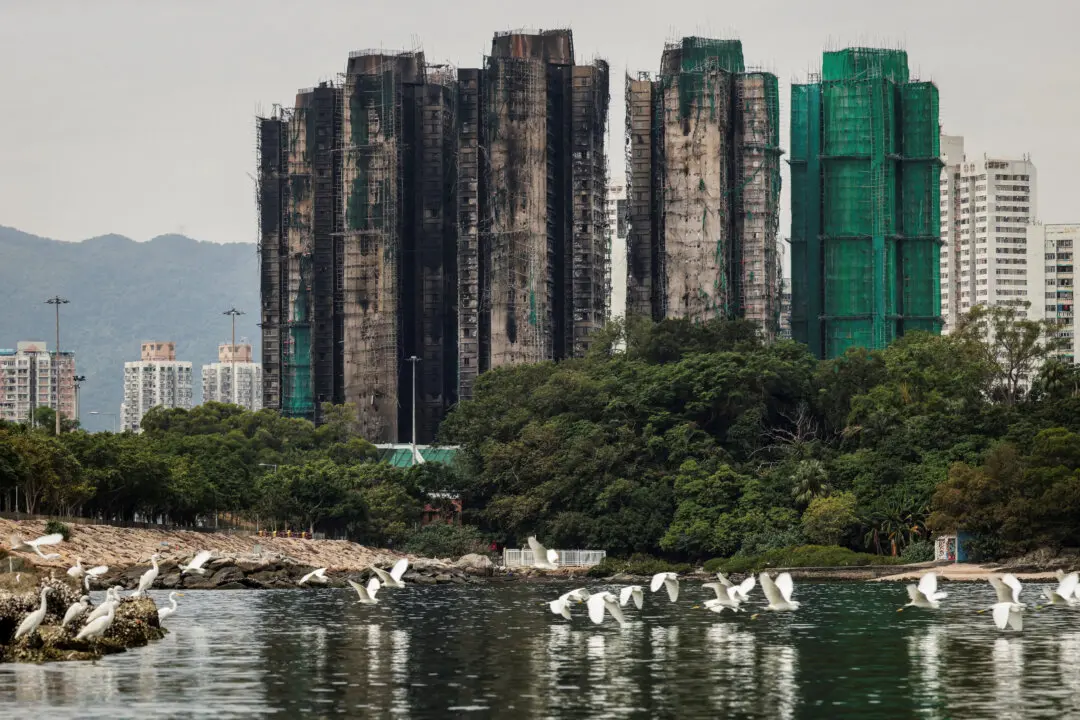Councils across England could be prevented from introducing schemes that involve excessive traffic restrictions, the government said on Monday.
The Department for Transport (DfT) said it will “explore options to stop local councils using so-called ‘15-minute cities,’ such as in Oxford, to police people’s lives,” referring to Oxford County Council’s plan to implement traffic filters that would impose fines on drivers who drive in certain parts of roads during certain hours.





